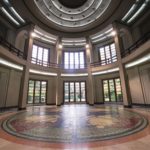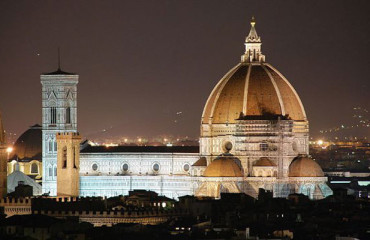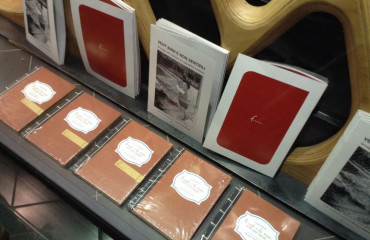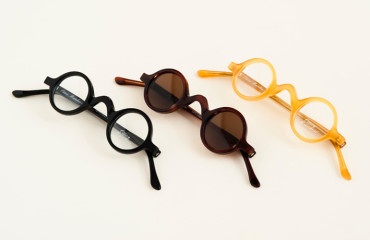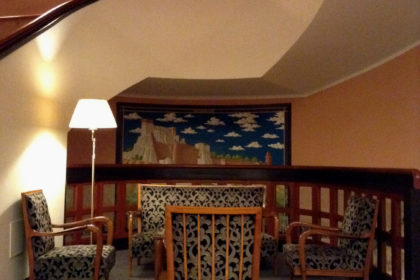
Located in the heart of Romagna, a short distance from “Terra del Sole”, old strategic center for its close relations with Tuscany, until, in 1830, on the occasion of a process for saltwater smuggling, a Florentine expert examined Castrocaro water, discovering the precious thermal properties that for long centuries had fallen into oblivion. Terra del Sole gradually lost its importance in favor of Castrocaro, which began to exploit the natural resources by encouraging the construction, in 1887, of the new Terme Conti, so called by the young owner Aristide. He also adjusted the park, giving prestige to the town, so much so that at the beginning of the twentieth century was famous throughout Italy thanks to a “miraculous” healing of the Marquise Martelli, noble Florentine, which in 1841 was cured with thermal waters. In 1927 followed a deep crisis of the plant, to which Benito Mussolini in person found a solution, who usually staying at the hotel – where it is still preserved the suite reserved for him – began an ambitious renovation plan of the medical structure, so three large buildings in Art Deco style were born – in addition to the wonderful garden – that still keep intact the rationalist architecture atmosphere, the formal elegance and the aesthetic coherence of the time.
If the Parties Pavilion is the best known establishment, designed by the architect Diego Corsani, the Grand Hotel building – which still welcomes guests in refined and luxurious surroundings, while offering thermal treatments and wellness – is no exception. Built between 1939 and 1943 it gets the design and decorative intervention of Tito Chini, already author of a metallic luster ceramics produced in the Tuscan manufacturing of Borgo San Lorenzo. The Tuscan artist – born in 1898 just in Borgo San Lorenzo (Florence) – dealt with painting and ceramic apparatus of the whole complex, creating series that reflect subjects related to water, taking his models from ancient and classical culture. For Grand Hotel he created tiles that decorate the counter-bar with blue and yellow tones, while the majestic staircase now houses ten large panels with the cycle of months from the Parties Pavilion, where they decorated the respective ten platforms. To the medieval style iconography that combines the zodiac to the work in the fields, are grafted Japanese influences evident in the use of gold lacquer.
But what is most striking, beyond the artistic value of the individual works, is the atmosphere in the long corridors, in the sumptuous dining room, in the curve and sinuous lines that form the architectural backbone of the Grand Hotel. Mindful of Marcello Piacentini’s essential experiences and that of more rationalist architects of the thirties of the twentieth century, the Castrocaro building is not only a place to relax, but a kind of museum where refined antique furniture, decorations, wallpaper and floors are exposed forming a coherent whole and with great flair. The long corridors with skylights decorated ceiling open onto delightful small dining rooms with chairs of clean and essential design, with elegant tables and very well preserved furniture where the guest feels transported to an era that, despite the well-known troubles, had reached high peaks in the aesthetic rendering of environments.
And if the SPA, with the offered treatments, pampers the body, to find out the details of the Grand Hotel satisfies the eye and the interest of those who love to surround themselves of design and good taste.
Cover: Grand Hotel in Castrocaro, view of the interior.
 English
English  Italiano
Italiano 

